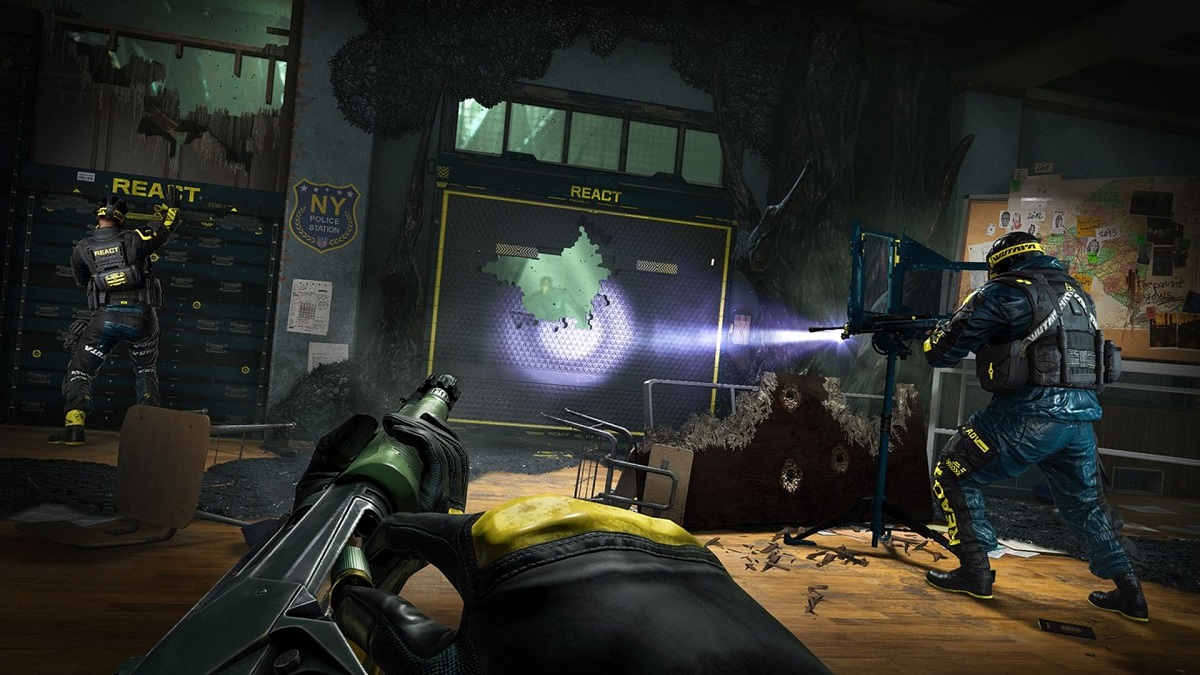


He lives with his wife, three dogs, and a likely excessive number of video game consoles. It sets a high bar for future horror and surrealist games, one that hopefully game developers will aim for in future AAA titles.ĭerek Garcia is a Game Feature Writer for ScreenRant. There are even small twists, despite the absence of a narrative, which mirror the ending of the indie hit Inside, when the perspective shifts to a 2D platformer-style interface, and the player discovers they have been “controlling” a horned devil figure the entire time.įrom its leering papier-mâché giants with terrifying grins, to its deep space particle physics sequences that may remind gamers of Rez, to its room of lifelike manuscript pages that spin from stream of consciousness into a whirlpool of ideas, Kid A Mnesia delivers one memorable sequence after the next. Despite its “non-game” status, there are puzzle elements required in order to see the entirety of what it has to offer. Even for those who are not fans of the band’s music, the sheer visual splendor of the experience still makes it worthwhile. The work also contains living exhibits of band members’ writing and artwork, as well as videos of live performances that can be viewed. It offers a new way for fans to experience the band’s music akin to a music video that can be explored. The main distinction between an “experience” like Kid A Mnesia: Exhibition and a “game” primarily comes from the absence of a narrative.
Kid a mnesia exhibition map simulator#
Though it takes roughly an hour to “complete” the Kid A Mnesia: Exhibition, in terms of making it to the end credits, by the standards of the walking simulator genre, the exhibit is just a narrative away from being considered a video game. Subsequent games like Tacoma, Everyone’s Gone To The Rapture, and Dear Esther have helped cement the legitimacy of this style of game, one not based on challenge but on delivering a story in a unique way. The genre typically focuses on first-person, usually linear exploration, possibly with a few small puzzles, with the story and the mood of the experience given priority. Early standout titles like Gone Home and The Stanley Parable helped define some expectations of this style of game. Auteur game developer Hideo Kojima distanced Death Stranding from walking simulators, citing it as a new style of game called “strand.” The walking simulator itself is a relatively new type of game, however. The “walking simulator” genre, as it is cheekily and colloquially known, often faces unwarranted criticisms.


 0 kommentar(er)
0 kommentar(er)
